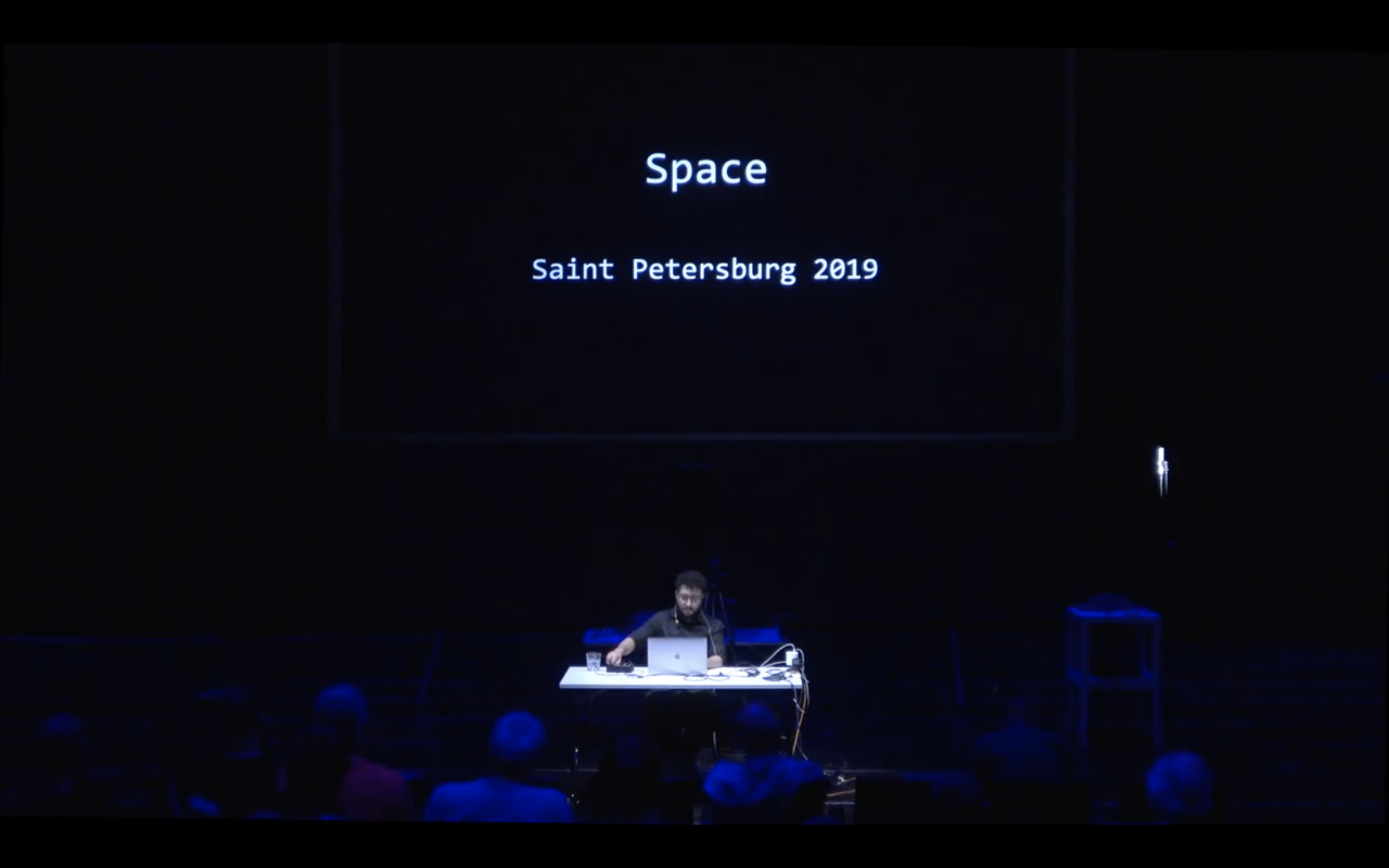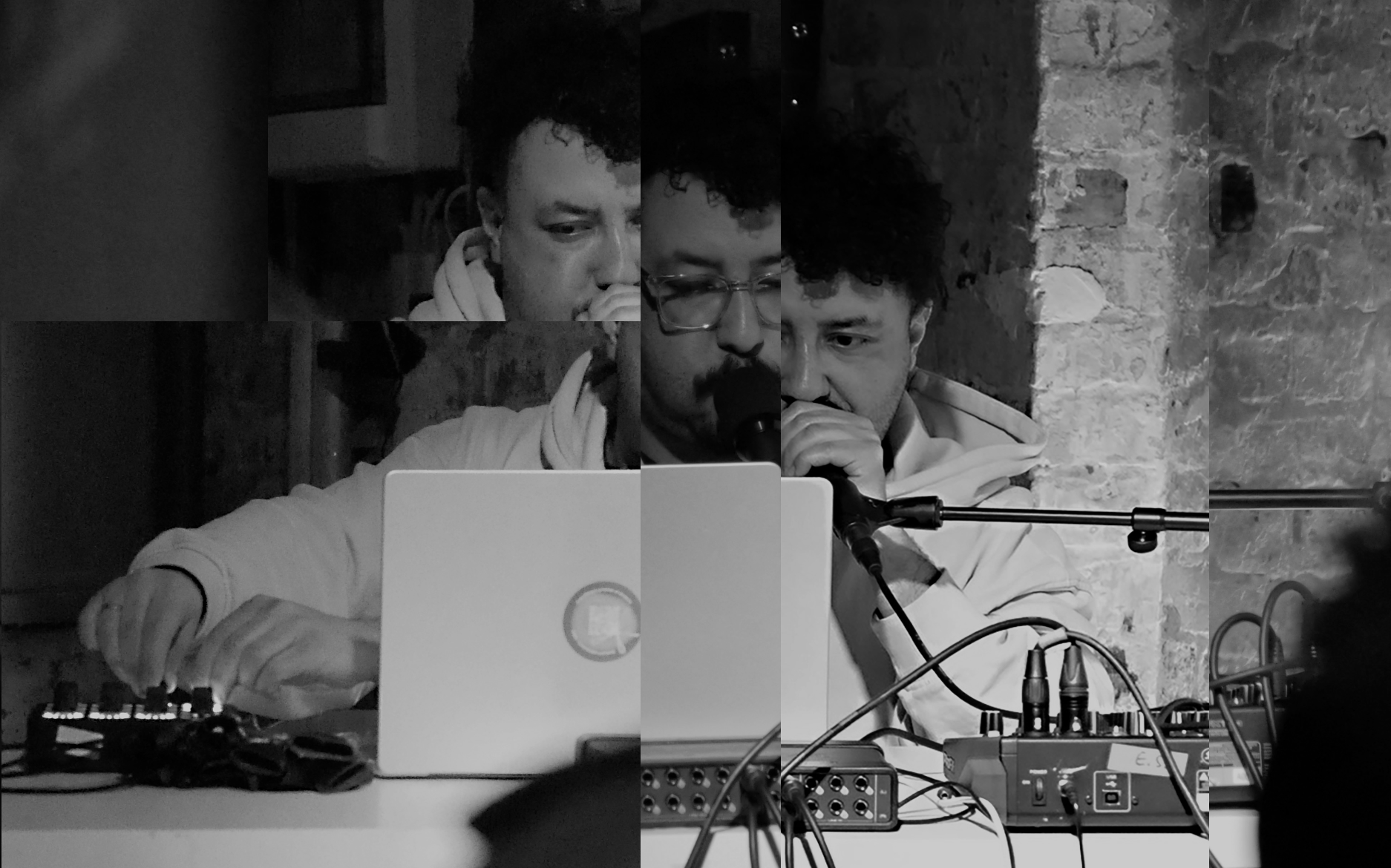Noise Re(in)Duction
Artistic reseaerch on Noise Reduction Algorithms
2024 –
![]()
NOISE RE(IN)DUCTION is an artistic research project that that explores the possibilities of
noise reduction technologies as sonic material for music composition and sound art
installations. The aim is to reappropriate noise reduction algorithms such as those found in
videoconference applications and commercial headsets in order to question the prescriptive
listening practices imposed by tech corporations.
Through a spectral analysis of field recordings from Berlin NOISE RE(IN)DUCTION
addresses often overlooked listening practices that are involved in our everyday life, putting
in question the algorithms’ inherent biases of race, gender, ability, and class. Sound sources
of such as AC fans, radiators, home electronics, ambient noise, unwanted reverb and echo,
wind, traffic, and conversations, are transformed into with clicks, pops, crackles, distortion,
and other forms of digital “waste.” By deconstructing the different processes of sonic
transformations, the project negotiates the boundaries of different understanding of what
noise is and what is not.
NOISE RE(IN)DUCTION is particularly interested in mobile technologies that use noise
reduction algorithms such as noise canceling headphones and mobile videoconference
software. These technologies present and affront to the ways that we perceive and relate with
our sonic surroundings, thus creating an implicitly sonic augmented reality that alienates
further from unmediated sensible experiences.
The modification and combination of environmental sources, together with the physical
isolation of headphones, provide an ideal situation to question the ways in which we perceive
sound and noise mediated by audio technology and musical aesthetics. When noise becomes
an aesthetic criterion for music, what is left to be reduced or cancelled?
In a world of hyper-mediation and overconsumption which induces a “Mental State of Noise,” paying close attention to noise sources and refocusing our
listening habits provides a new perspective on noise and media oversaturation facilitated by
tech corporations.
Performances and Presentations:
- Lecture-performance
at the Speculative Sound Synthesis Symposium 2024.
Institute of Electronic Music and Acoustics, University of Music and Performing Arts Graz.
26 - 28 September 2024, Graz, Austria.
https://speculativesoundsynthesis.iem.sh/symposium/docs/proceedings/daleman/
![]()
-
Lecture Performance at the Time To Listen Conference 2024
Akademie der Künste
1-3- October 2024, Berlin, Germany.
![]()
![]()
- Transmediale 2025 PhD Research Workshop
Haus der Kulturen der Welt
January 31st 2025, Berlin, Germany.
https://transmediale.de/de/2025/event/darc-phd-presentation-2025
![]()
- Performance at Errant Sound
20 February 2025
Berlin, Germany
https://www.fluctuating-images.de/technologies-of-consciousness/
Review
https://kultur-mitte.de/fluctuating-images-kooperationen-als-mittel-der-stunde/
![]()








